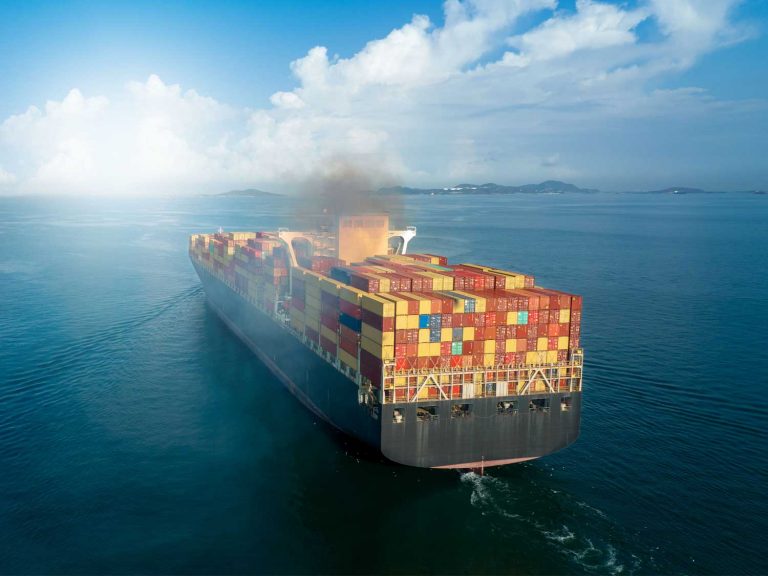
Date:
EU Emission target will cost shipping $Billions
With a goal of net zero emissions by the year 2050, the European Union is expanding its Emissions Trading System (ETS) to the shipping sector in 2024, which means container shipping lines will need to purchase emission allowances while investing in alternative fuels, with the increased costs likely to be passed on.
The European Union’s Monitoring, Reporting and Verification (EU MRV) regulation requires all ships exceeding 5,000 GT to collect and report data on CO2 emissions released to and from EU and EEA ports and will serve as the basis for shipping’s inclusion in the EU emissions trading system (ETS) from the 1st January 2024.
ETS is a ‘cap and trade’ scheme where a limit (the cap) is placed on the amount to emit specified pollutants and obliges individual shipping lines to hold an allowance for each tonne of CO2 or other carbon equivalent gases they emit.
The money from the sales of allowances will be used for EU’s green fund.
There will be no set price list for these emission allowances – instead, the price will be defined by supply and demand on the market.
As the supply side of these emission allowances will gradually be reduced to support the 2050 goal of net zero emissions, emission allowances will be increasingly costly, putting an even higher pressure on shipping lines to accelerate efforts to reduce their environmental footprint.
ETS will include 100% of emissions for voyages within the EU, 50% of the emissions from voyages starting or ending outside of the EU, and all emissions that occur when ships are at berth in EU ports.
The UK has notified that they will eventually introduce a similar system which would have an impact both on UK domestic routes and UK-EU routes.
Total EU ETS-applicable emissions for the maritime industry amounted to 83.4m metric tonnes of CO2 equivalent which, at the current market value of €90 per emissions allowance (EUA), shipping emissions carried a total worth of €7.5bn for the year.
Taking into account the ETS phase-in period covering 40% of emissions in 2024, 70% in 2025 and 100% in 2026, the shipping industry could be liable for €3.1bn in 2024, €5.7bn in 2025 and €8.4bn in 2026. With container shipping potentially accounting for 30% of overall emissions, despite carrying less than 20% of seaborne trade (source: OECD).
There are still many unknowns relating to the EU ETS and what – if any – its cost impact might be. We will follow the developing situation closely, to keep you informed and to mitigate its impact on our customers.
We are also following the carriers adoption of cleaner fuel technology, the economies of scale offered by the largest vessels, the benefits of different routing options and any other initiatives which may offer cost and efficiency savings for our shippers.
Using our latest generation MVT Eco module, we develop low-carbon supply chain solutions, as well as measuring and monitoring the emissions of every shipment, by every mode, with offsetting alternatives, so our customers can work towards carbon neutrality in their global supply chain.
The Eco module is under continuous development, with regular updates, including distance calculators, which may be adapted to measure liabilities under the new EU ETS regime. When it is rolled out.
To request an MVT Eco demo or to discuss any of the issues raised here, please EMAIL our CCO Andrew Smith.
